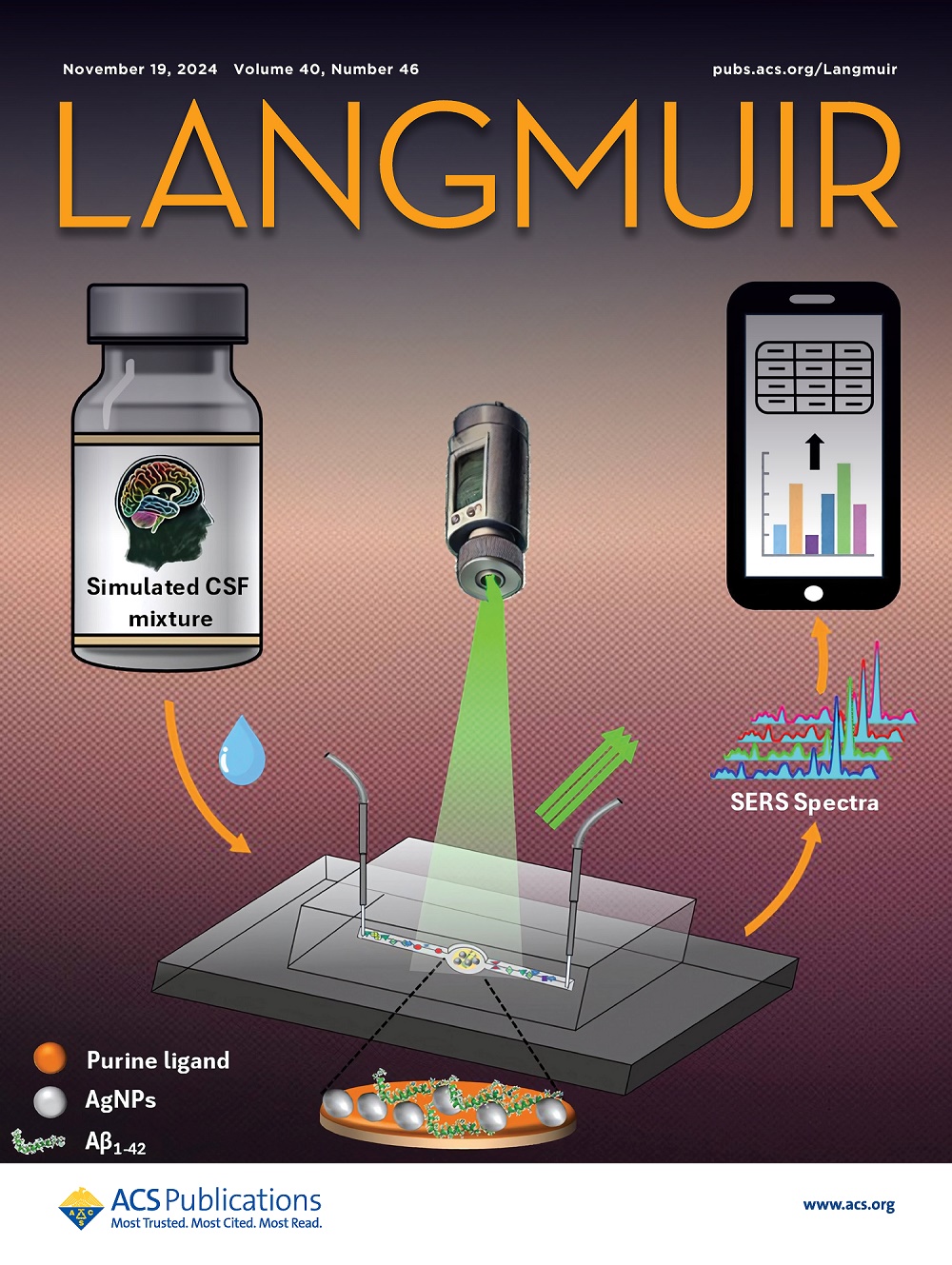Dual Cross-Linking Coal Tar-Derived Phenolic Resin Porous Carbon-Based Hydrogel Solar Evaporators for Efficient Wastewater Purification
IF 3.7
2区 化学
Q2 CHEMISTRY, MULTIDISCIPLINARY
引用次数: 0
Abstract
Porous carbon-based hydrogel evaporators show extensive application potential in the field of solar-driven water evaporation due to their wide availability, excellent hydrophilicity, and abundant porous structure. However, the closed pore structure of the single-molecule cross-linked hydrogel and the high production cost of the nanoporous carbon materials not only affect the salt resistance of the carbon-based hydrogel but also restrict its large-scale application. Herein, we developed a uniform porous APRC-PVA/PEG hydrogel evaporator by integrating poly(vinyl alcohol) (PVA)/polyethylene glycol (PEG) dual-network hydrogels with broadband solar-absorbing, cost-effective porous carbon nanosheets (APRC) derived from coal tar-based phenolic resin. The rich pores and three-dimensional double-network structure of the evaporator ensured excellent water transport performance and a high light absorption rate (≈98%). Meanwhile, the low thermal conductivity of the evaporator (dry: 0.09 W m–1 K–1; wet: 0.29 W m–1 K–1) reduces thermal loss to the bulk water, enabling a water evaporation rate of 1.45 kg m–2 h–1 under 1 sun irradiation and a low enthalpy of evaporation of 1614.605 J g–1. The evaporator also shows good potential in the field of brine, industrial wastewater, and organic dye wastewater.

求助全文
约1分钟内获得全文
求助全文
来源期刊

Langmuir
化学-材料科学:综合
CiteScore
6.50
自引率
10.30%
发文量
1464
审稿时长
2.1 months
期刊介绍:
Langmuir is an interdisciplinary journal publishing articles in the following subject categories:
Colloids: surfactants and self-assembly, dispersions, emulsions, foams
Interfaces: adsorption, reactions, films, forces
Biological Interfaces: biocolloids, biomolecular and biomimetic materials
Materials: nano- and mesostructured materials, polymers, gels, liquid crystals
Electrochemistry: interfacial charge transfer, charge transport, electrocatalysis, electrokinetic phenomena, bioelectrochemistry
Devices and Applications: sensors, fluidics, patterning, catalysis, photonic crystals
However, when high-impact, original work is submitted that does not fit within the above categories, decisions to accept or decline such papers will be based on one criteria: What Would Irving Do?
Langmuir ranks #2 in citations out of 136 journals in the category of Physical Chemistry with 113,157 total citations. The journal received an Impact Factor of 4.384*.
This journal is also indexed in the categories of Materials Science (ranked #1) and Multidisciplinary Chemistry (ranked #5).
 求助内容:
求助内容: 应助结果提醒方式:
应助结果提醒方式:


